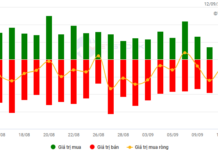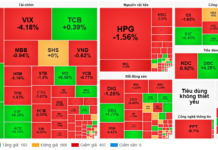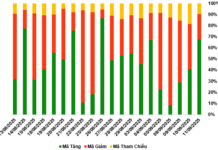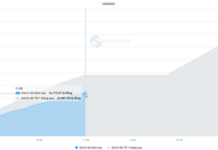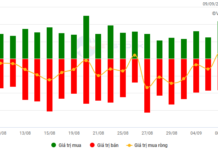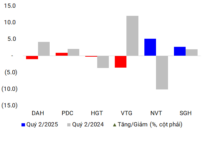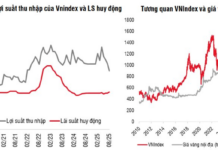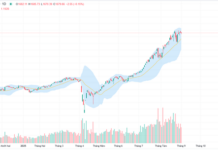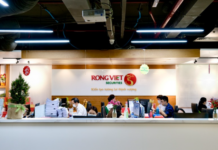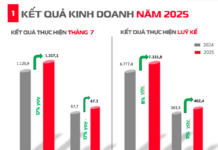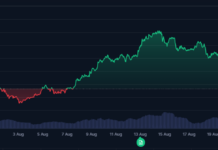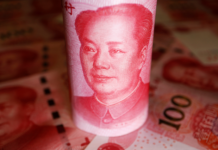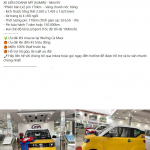
An insightful conversation between host Đăng Việt and expert Đoàn Anh Dũng on the topic: “Is GAC’s focus on MPVs the right strategy for the Vietnamese market?”
GAC has a clear strategy when entering the Vietnamese market by introducing two flagship products, the GS8 based on the Toyota Land Cruiser Prado platform and the M8 based on the Toyota Alphard platform. What is your take on this approach, Anh Dũng?
The two GAC models introduced in Vietnam are indeed their flagship offerings. Chinese automakers always aim to bring their best products to Vietnam, as we are a small yet discerning market.
However, the pricing of these products may deter potential customers. Even for luxury vehicles with high price tags, there is a comparison among consumers. A car from China, regardless of its price, may raise questions about its quality. Therefore, I believe it will be challenging for a buyer to choose a high-priced Chinese vehicle.

How would you counter the argument that GAC needs to showcase its best products to make a strong first impression on Vietnamese customers, similar to VinFast’s introduction of the Lux A and Lux SA before the Fadil?
In my opinion, this strategy has its advantages and disadvantages.
I completely agree with the first advantage you mentioned, Đăng Việt. By introducing high-quality products, GAC will gain positive recognition from customers.
However, from a brand-building perspective, the number of customers who can afford these vehicles is limited.
For the general public with a budget of 500 to 700 million VND, there is less interest in learning about or experiencing these GAC models. In my experience, even if they do test drive these cars, they are less likely to remember the experience afterward. They may recall the brand, but if they have the money to purchase a more expensive car in the future, they might not consider GAC.

In the Vietnamese market, GAC has stated its focus on MPV models. The company plans to introduce the M6 Pro at the Vietnam Motor Show in October, positioning it as a competitor to the Toyota Innova Cross. What are the chances for the GAC M6 Pro in this segment, in your opinion?
Like any other car, the GAC M6 Pro will have its strengths and weaknesses when entering the Vietnamese market.
Firstly, the advantage is that the MPV segment in the 1-2 billion VND range is very competitive, with the VW Viloran as a notable example. Despite some doubts about its origin and positioning, the Viloran has gained a dedicated customer base and is performing well in the market.
Therefore, I believe the GAC M6 Pro will also find its place. However, to succeed, the M6 Pro must offer superior features compared to its main competitor in this segment, the Kia Carnival, which currently dominates the 1-1.2 billion VND MPV market.

Regarding the Toyota Innova Cross, I don’t consider it a direct competitor to the GAC M6 Pro. The Innova Cross is not a sliding door MPV, which is a crucial feature for many MPV buyers who value the ease of access and the spacious feel it provides. Additionally, the higher ground clearance of the Innova Cross makes entering and exiting the vehicle slightly more challenging. So, when compared directly, the GAC M6 Pro has the upper hand.
In your opinion, what should be the ideal price range for the GAC M6 Pro to achieve good sales performance?
In terms of functionality, if we compare MPVs with sliding doors, the GAC M6 Pro, with its announced dimensions and superior features, could be positioned above the Kia Carnival. The VW Viloran, on the other hand, is priced at around 1.8 to 2 billion VND.
The MPV segment in Vietnam is clearly differentiated, so it will be easy for GAC to position its product. Excluding special or extremely high-end versions, the Kia Carnival is mainly sold in the 1 to 1.2 billion VND range. Therefore, I believe GAC can aim for a price range of 1.5 to 1.6 billion VND for the M6 Pro.
However, to justify this price range, the GAC M6 Pro must offer significantly better features than the Kia Carnival and even surpass the VW Viloran in certain aspects to attract customers.

GAC has stated that they will initially import vehicles from China and then switch to importing from Malaysia before eventually assembling them in Vietnam. What is your take on this approach, and do you think it’s a good strategy for Tanchong, their distribution partner?
I think this is a sensible approach, and I believe GAC has thoroughly studied the market and the intricacies of importing vehicles. Other automakers, like MG, have successfully implemented this strategy by first importing from China and then switching to Thailand.
While GAC may be eyeing the tax benefits of importing from within the ASEAN region, I think customers are more concerned about the origin of the vehicle components. Countries like Malaysia, Indonesia, and Thailand have similar climates to Vietnam, so there is a perception that components sourced from these countries will be more suitable and reliable.
There have been issues with vehicles imported from the US and Europe that were not “tropicalized,” leading to problems due to the incompatible climate. Therefore, importing from Southeast Asian countries can instill more confidence in GAC among Vietnamese customers.

What is your assessment of GAC’s choice of Tanchong as their distribution and assembly partner in Vietnam?
For this question, I will share my personal perspective.
Firstly, we can observe that Tanchong has a successful track record in the automotive industry. They were responsible for bringing MG, another Chinese brand, to Vietnam, and have achieved notable success with strong sales performance.
Tanchong has a preference for working with entirely new brands like GAC. They relish the opportunity to build a brand from the ground up, educate the market, and handle various other aspects of the business. Ultimately, Tanchong has always aimed to assemble a car brand in Vietnam.
So, I believe the partnership between GAC and Tanchong is mutually beneficial. With Tanchong’s extensive experience in distributing products from Japan to China, I am confident they will successfully establish GAC as a strong player in the Vietnamese market.

Looking ahead, GAC has mentioned plans to introduce an SUV in the B-segment in Vietnam. Given the crowded and highly competitive nature of this segment, what do you think their strategy will be?
The B-segment for SUVs is indeed crowded, but it will be a hotly contested segment in the future, offering significant sales volume potential for many automakers, including GAC.
Currently, Vietnam is experiencing a rapid “motorization” process, with a growing number of car owners. Many families already own a car, so larger options like 7-seater CUV-SUVs may not be the optimal choice. Therefore, B-segment SUVs are an excellent choice for the Southeast Asian market as a whole.
GAC’s decision to explore this segment is strategic, despite the competition. The key to success will be offering a product that is competitively priced and easily accessible to customers.
Thank you for your insightful perspectives, Anh Dũng.
The Trên Ghế program is a collaboration between Ho Chi Minh City Television and VCCorp; in cooperation with AutoPro; commercial exploitation by AdWheel; and in association with Giovanni.


